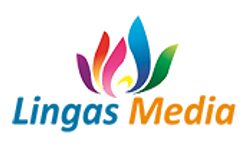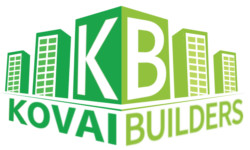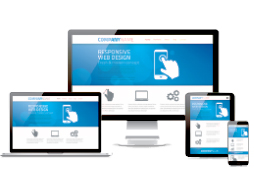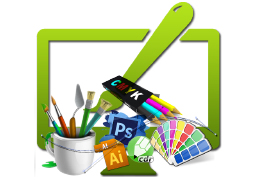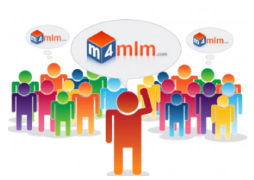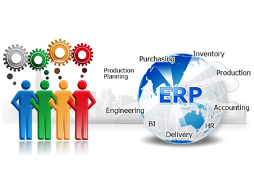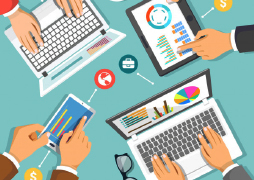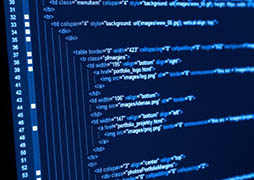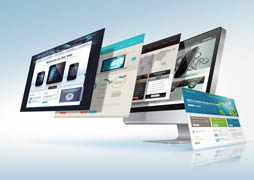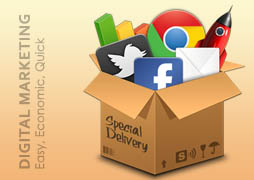Education
Education
As students go global and education goes virtual, IT has become a critical component of this industry. Malay Soft has worked with a variety of schools and colleges in designing curriculum, conducting training and assessment, developing websites and mobile applications, back-office support and internal functions, building IT infrastructure for educational institutions. Our IT solutions have helped them minimize costs, enhance efficiency, attract better students and faculty and improve coordination between students and teachers.
Educational software, or computer applications developed for the purpose of teaching and learning, arrived with virtually the first desktop computers. Education professionals recognized this potential early, and many schools acquired computers long before they were found in most American homes. Educational applications then greatly increased.

Educational software encompasses a variety of forms, costs, and purposes. Programs exist to teach individual preschoolers letter names, sounds, and grammar in English as well as other languages. Other programs introduce mathematical concepts for all grades, or are aimed at helping to develop good writing skills. Some programs, such as flight simulators, teach professionals the details of their jobs. Still other programs, called Learning Management Systems (LMSs), are designed for use by certain grades in entire school districts for teaching or evaluation purposes; these often include access to a software company's web site for comprehensive services.
At the college and university level, LMSs are powerful application management systems that offer courses via the Internet for non-traditional students. These tools allow institutions to design entire online courses. The projects require a team, consisting of the subject-matter expert (usually a faculty member), a graphics artist, a curriculum designer, and a programmer, to put the complete package together.
Selecting Educational Software
Choosing an educational application to integrate into a curriculum can be difficult. Curriculum materials are generally selected for use over the course of several years. One drawback to using educational software programs in this way is that the applications often change from year to year, thus requiring frequent upgrade purchases. Sometimes the latest edition of a program has been modified to run on more powerful computers than a school can afford to use. Sometimes favorite applications are absorbed into other programs or disappear entirely. Another drawback is that there are no universally accepted standards or recognized independent organizations (such as the Food and Drug Administration for medications) for evaluating these programs.

Some LMSs are designed to accommodate hundreds of students. These programs require Internet access, which offers several advantages. Content, such as political maps, can be updated easily when needed. The programs allow individuals to work at their own pace and can be adapted to concentrate on an individual's particular weak area. The progress of the students can be evaluated at any time. Most of these programs offer technical support for the faculty if needed, and some offer teacher tutorials.
The cost of these services varies depending on the equipment—for example, are computers supplied by the company or must they be supplied by the school?—the time required per week per student, and how many weeks in total are needed by each student to complete the program. One program designed to help elementary students read costs $30,000 per year, not counting the price of the computers.
Effective Evaluation and Implementation
Educational software is evaluated by many of the same standards used for evaluating other educational materials. Is the program appropriate for the age and development of the user? Are the graphics attractive and do they lead to better learning? Is the depth of the program appropriate? Is the method for teaching effective? Is the software entertaining enough to keep the user interested? Does the program stimulate further learning of the subject?

Once software is selected, it must be effectively implemented. The environment around the computer is important. Is the computer located in a computer lab or is it in the classroom? How often during the week, and for how long, does the student have access to the computer? Is the area inviting? Is it designed to accommodate a single student at a time, or can multiple students access the computer together and learn from each other? Software should be compatible with the environment in which it will be used. If daily use is recommended to meet the learning objectives of a software program, but students will have only weekly access to the program, another program should be selected, or computer access should be increased. Likewise, software designed to be used by two or more students working cooperatively is best used in a setting that comfortably accommodates more than one student at each computer.
Software Effectiveness Factors
Surprisingly, many experts agree that the quality of the software is not the most important consideration in how successful it is; the expertise and comfort level of the person helping the student is the single most critical factor. However, by 2000, only half the states in the United States required formal training in computer science for teaching certification, and only twenty percent of teachers felt comfortable including computers in the curriculum. Many software programs offer technical support and tutorials to help teachers become more comfortable with the system. If the software is school-based, another important success factor is the ability of children to access the software from home and the parents' comfort level in assisting the student. Some school districts have started programs that provide laptop computers to students so they can be used outside of school.
There is also controversy about the effectiveness of educational software in general. Many school districts have seen increased test scores after implementing educational software systems. Others claim that the "cool factor" is largely responsible for these results, and that students do at least as well if the same energy is spent in well-planned conventional instruction. Few argue that educational software programs may be a student's first introduction to computers. For those already familiar with computers, educational software prods them to use computers for more than just surfing the Internet. This might prove to be the biggest benefit of all.
11 Types Of Educational Software
An online education software has been an integral teaching tool for teachers as part of their lessons. The implementation of these systems in classrooms has enhanced performance of students and teachers alike. There are numerous educational software available for various subjects. However, educational software firms have started to create educational apps for students and teachers to utilize as a teaching and learning tool. The following are the kinds of educational software that an educational institution must implement.

Order to Cash (O2C) Services
- Malay Soft provides an end-to-end solution offering a full view of the order to cash process improving operational and financial performance.

Order to Cash (O2C) Services
- Malay Soft provides an end-to-end solution offering a full view of the order to cash process improving operational and financial performance.

Order to Cash (O2C) Services
- Malay Soft provides an end-to-end solution offering a full view of the order to cash process improving operational and financial performance.

Order to Cash (O2C) Services
- Malay Soft provides an end-to-end solution offering a full view of the order to cash process improving operational and financial performance.

Order to Cash (O2C) Services
- Malay Soft provides an end-to-end solution offering a full view of the order to cash process improving operational and financial performance.

Order to Cash (O2C) Services
- Malay Soft provides an end-to-end solution offering a full view of the order to cash process improving operational and financial performance.

Order to Cash (O2C) Services
- Malay Soft provides an end-to-end solution offering a full view of the order to cash process improving operational and financial performance.

Order to Cash (O2C) Services
- Malay Soft provides an end-to-end solution offering a full view of the order to cash process improving operational and financial performance.

Order to Cash (O2C) Services
- Malay Soft provides an end-to-end solution offering a full view of the order to cash process improving operational and financial performance.

Order to Cash (O2C) Services
- Malay Soft provides an end-to-end solution offering a full view of the order to cash process improving operational and financial performance.

Order to Cash (O2C) Services
- Malay Soft provides an end-to-end solution offering a full view of the order to cash process improving operational and financial performance.
Benefits of Using Software and Applications in Education

Social Advantages
While there could be concern that technology would detract from the social aspects of school, properly-utilized apps can actually make children more interactive and create better engagement between parents and children. This points to both the power of new tech in the classroom and increased familial involvement in a student’s education.
Entertainment and Engagement
We’ve seen a cultural shift over the past ten years (give or take) in terms of how we interact with educational content and materials. This is apparent for both students and teachers, as hardware like SMART Boards and, more recently, VR headsets continue to enter the classroom. These tools add a new level of interaction and engagement with lessons that could not be realized previously.
Learning Style Adaptation
Students learn in a variety of ways, making it difficult for teachers to meet every individual’s needs with manual lessons. Education software and apps can be adjusted to a specific student’s learning plan, allowing for a greater level of personalization. This can provide students, who would otherwise fall behind, with course material that keeps them on track with educational standards.
24/7 Availability
Unlike school, education apps and software systems are available around the clock. This means, just as businesses have experienced more connection and flexibility since smartphones were introduced, students now have more learning and communication opportunities. Lessons delivered through a student portal or app can be accessed at any time, essentially extending the classroom to students’ homes.
Happier Earth
With a stronger emphasis on protecting the environment these days, education software and apps are certainly helping contribute to a healthier earth. Basically, less paper handouts, worksheets, and tests means less waste.
Teacher, Parent, and Student Visibility
The lines of communication between teachers, parents, and students are hugely important to the learning process. While our view of teachers has changed over the years, there needs to be a strong level of respect and trust that exists in order to properly educate students. Education software and apps can help develop strong bonds between all parties through forums, portals, and other interactive elements.
With new technologies changing the landscape of education, it’s important for teachers, parents, and students to explore the breadth of software, apps, and other types of tech like VR and AR. For a look into what’s currently available on the software side, visit our education page here.
Our IT solutions for Education industry include:
- Automation of back-office functions
- E-learning solutions
- Web portals and online knowledge sharing applications for educational institutions
- Online training and assessment systems
- Mobile app development (native, hybrid and HTML5 mobile apps) on all platforms (iPhone, Android, Windows & Blackberry).
